AMD graphics cards get GPU scheduling support for Windows
2 min. read
Updated on
Read our disclosure page to find out how can you help Windows Report sustain the editorial team. Read more
Key notes
- Radeon RX 5600 and Radeon RX 5700 graphic cards now have graphics scheduling support for Windows 10 version 2004.
- AMD released drivers for the GPUs to beta testers.
- Our GPU section has much more in store for you regarding graphics card issues, from bug fixes s to reviews. Be sure to check it out!
- To stay up-to-date on the latest news and updates on drivers and firmware, always go to the Drivers page.

Two AMD graphic cards series now have graphics scheduling support for Windows 10 version 2004. AMD recently released drivers for this feature to beta testers.
The Windows 10 May 2020 Update, which started shipping on May 27, came with hardware-accelerated GPU scheduling capabilities. To work, the technology requires GPU support, which major graphic cards, from Intel and NVIDIA to AMD, never offered at that time.
AMD graphics cards to offer GPU scheduling support
AMD has released drivers for Radeon RX 5600 and Radeon RX 5700 series graphics cards, which should support Windows 10 2004’s GPU scheduling capabilities.
Typically, the feature lets graphics cards manage their own memory without relying on system software. In turn, the GPUs become more efficient.
Such technology is appropriate for graphics-intensive applications, especially gaming. Likewise, GPU scheduling is suitable for compute-intensive applications, such as deep learning in AI.
AMD is excited to provide beta support for Microsoft’s Graphics Hardware Scheduling feature. By moving scheduling responsibilities from software into hardware, this feature has the potential to improve GPU responsiveness and to allow additional innovation in GPU workload management in the future. This feature is available on Radeon RX 5600 and Radeon RX 5700 series graphics products.
NVIDIA too supports this feature. It recently released the GeForce Game Ready driver, which is compatible with DirectX 12 Ultimate. On top of that, the company revealed that the driver version 451.48 supported hardware-accelerated GPU scheduling.
But before you download the Radeon drivers with GPU scheduling support, keep in mind that the package includes some known issues.
According to AMD, enabling hardware scheduling may cause Oculus VR headsets to malfunction. Similarly, a black screen may come up on certain games and system configurations with Enhanced Sync on.
The driver may also trigger a video playback bug for Microsoft Edge users on a multi-display system.
Do you use AMD graphic cards, especially Radeon GPUs, and are you excited about their newly acquired hardware-accelerated scheduling feature? You may let us know via the comments section below.
[wl_navigator]
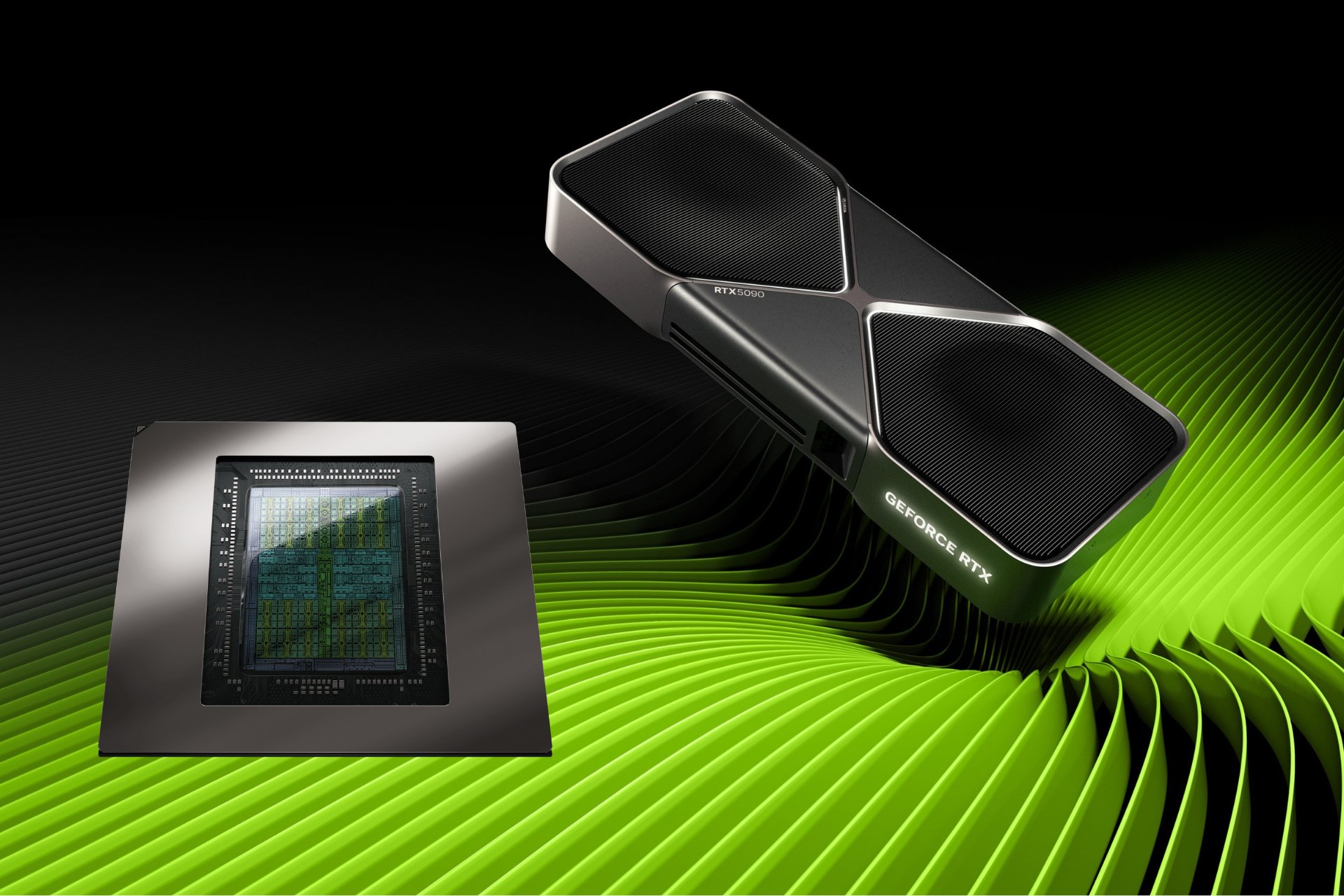
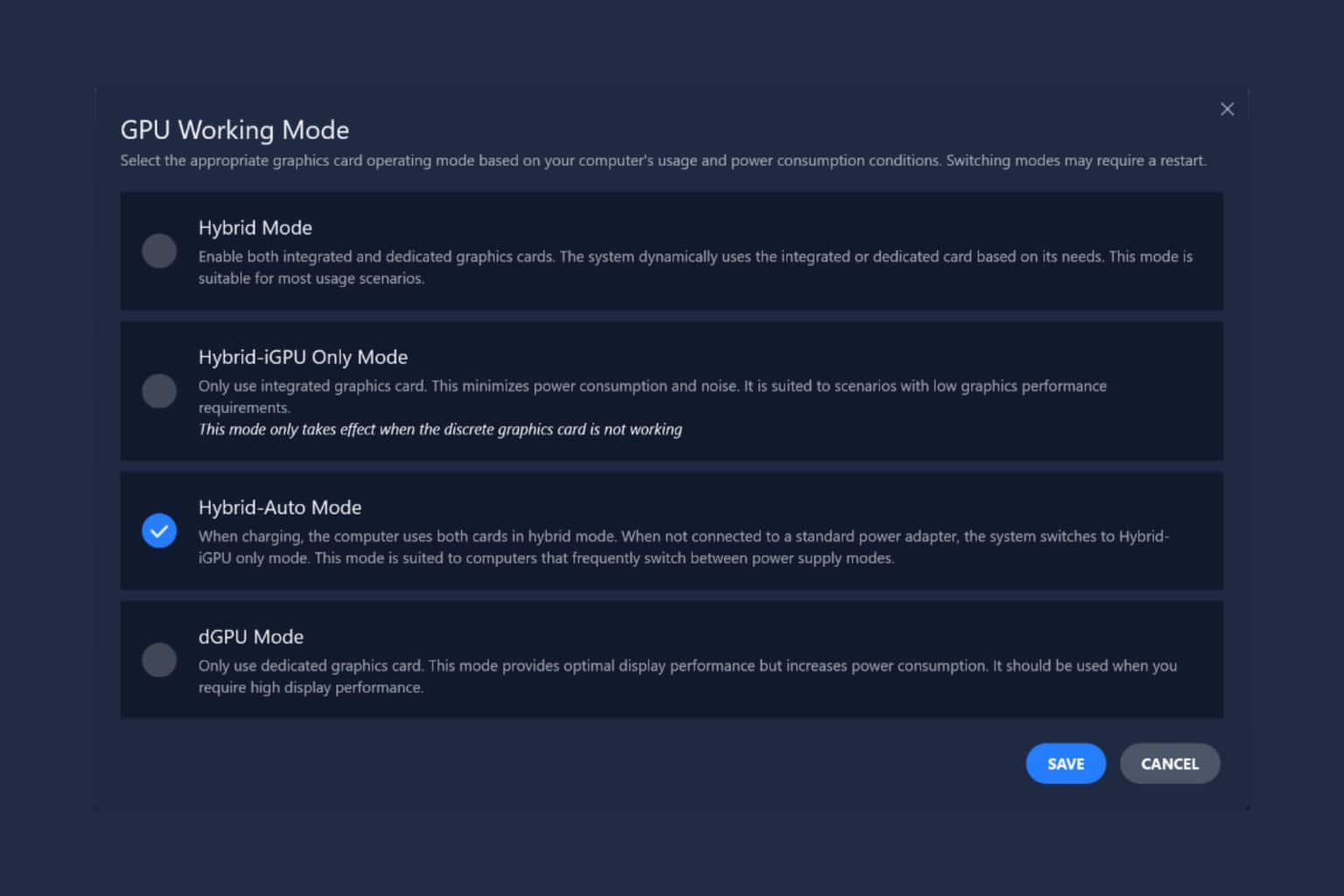
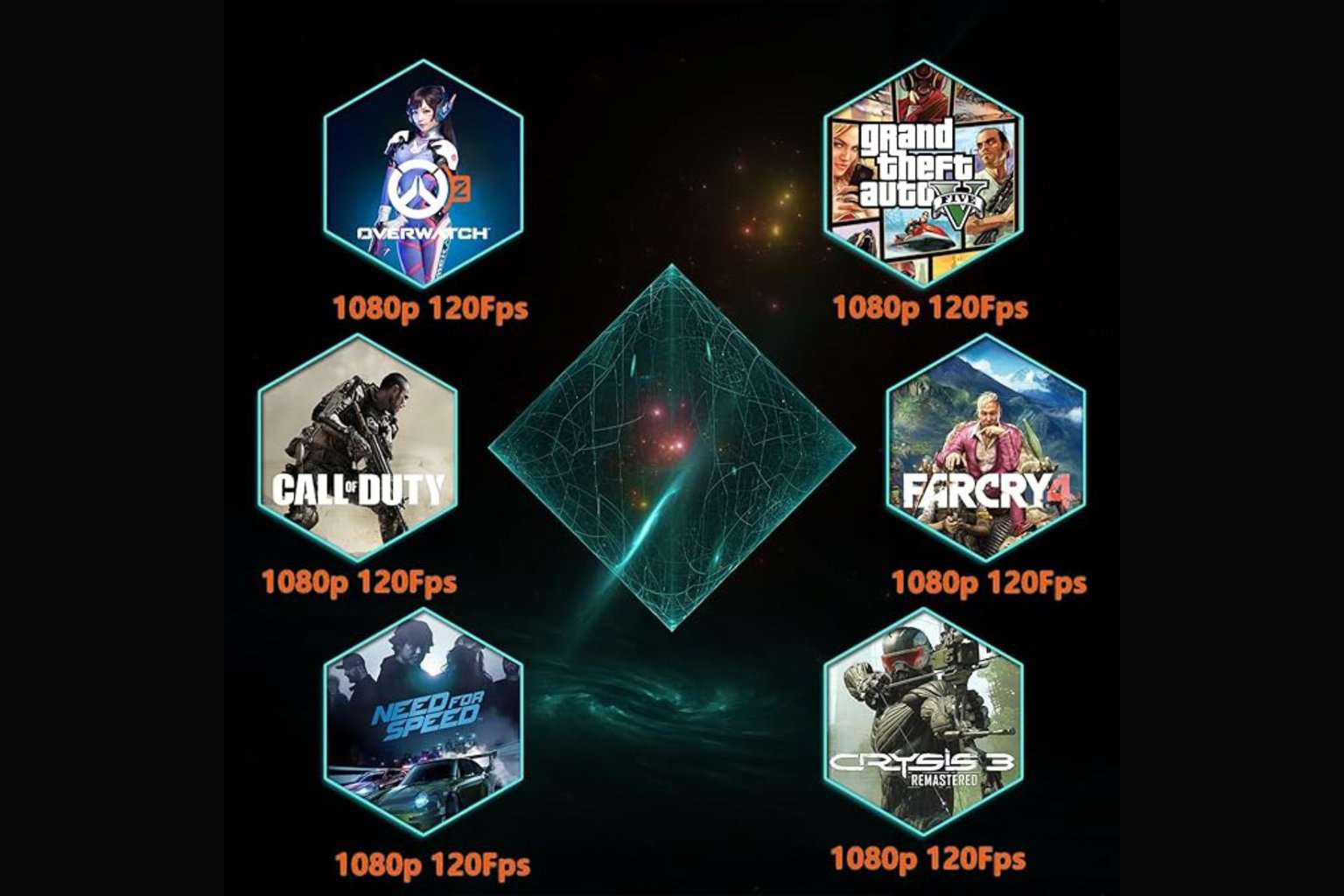
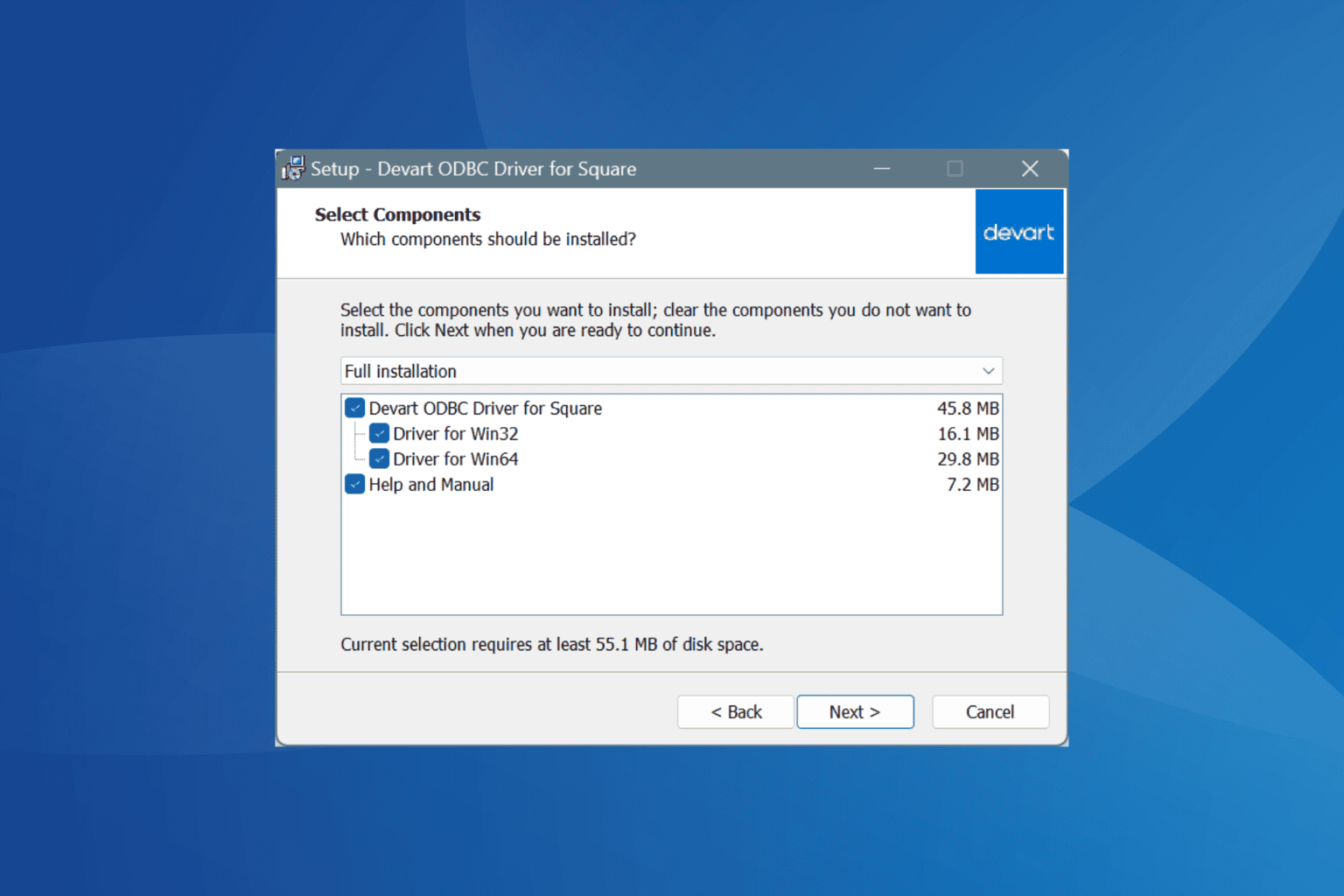
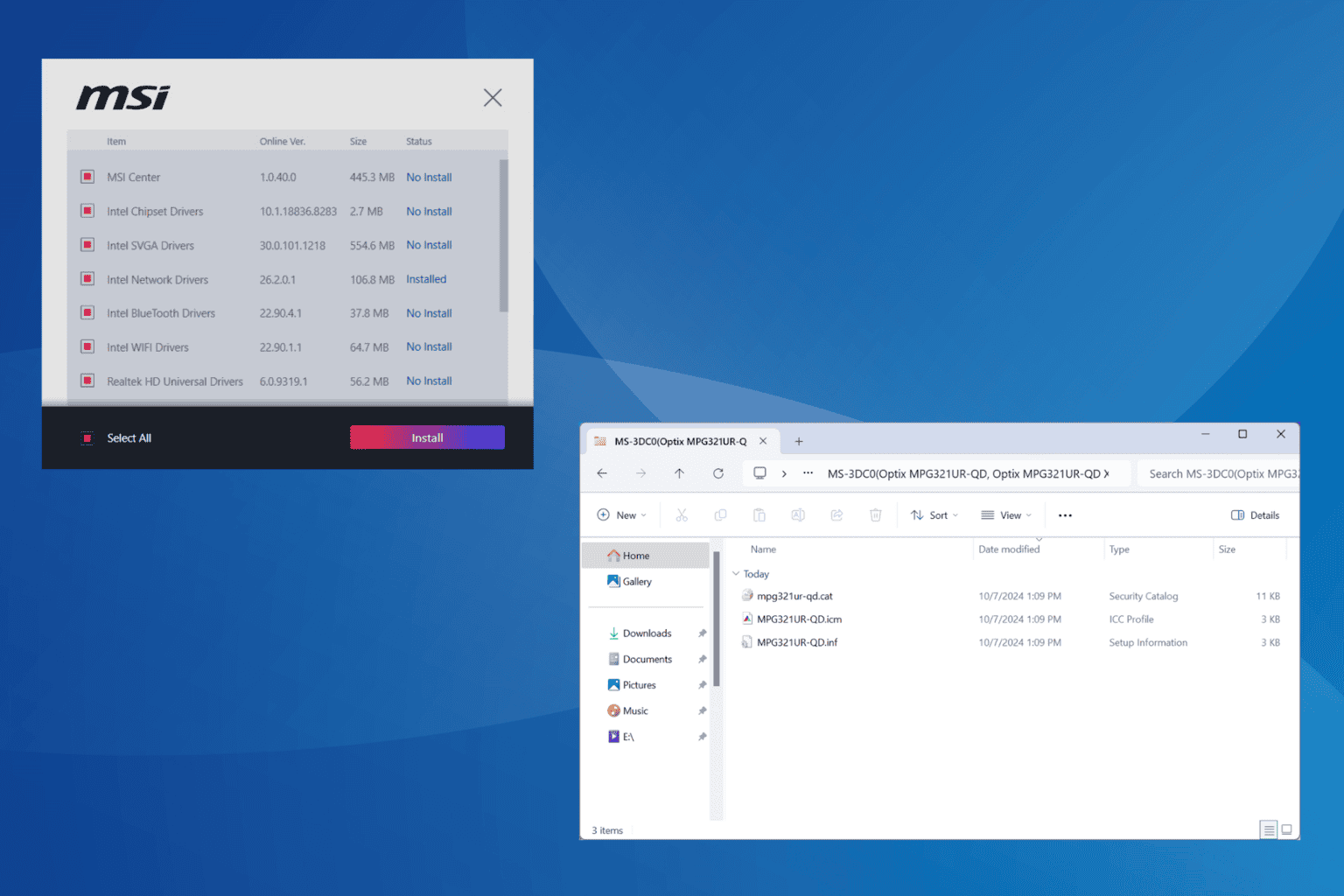
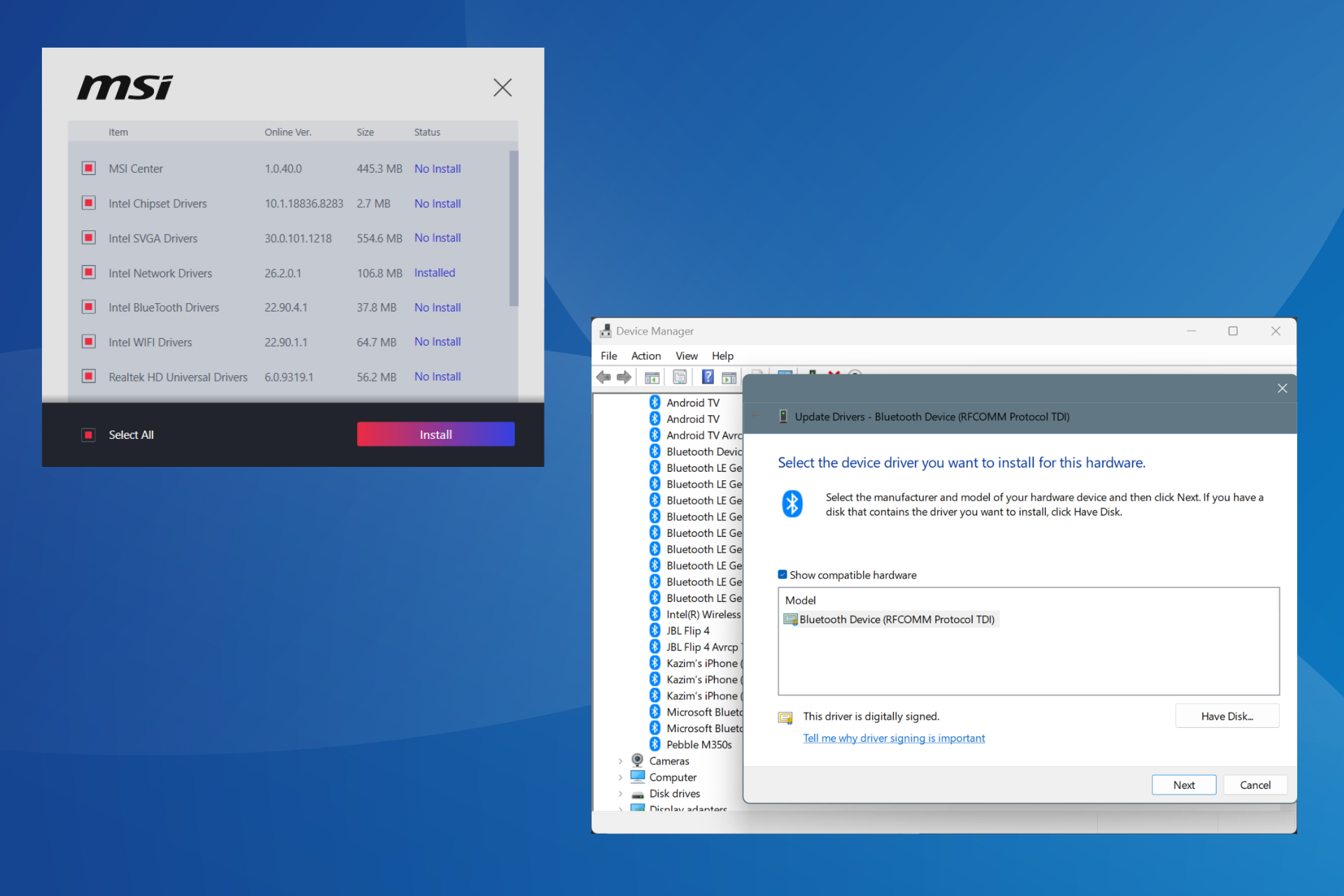
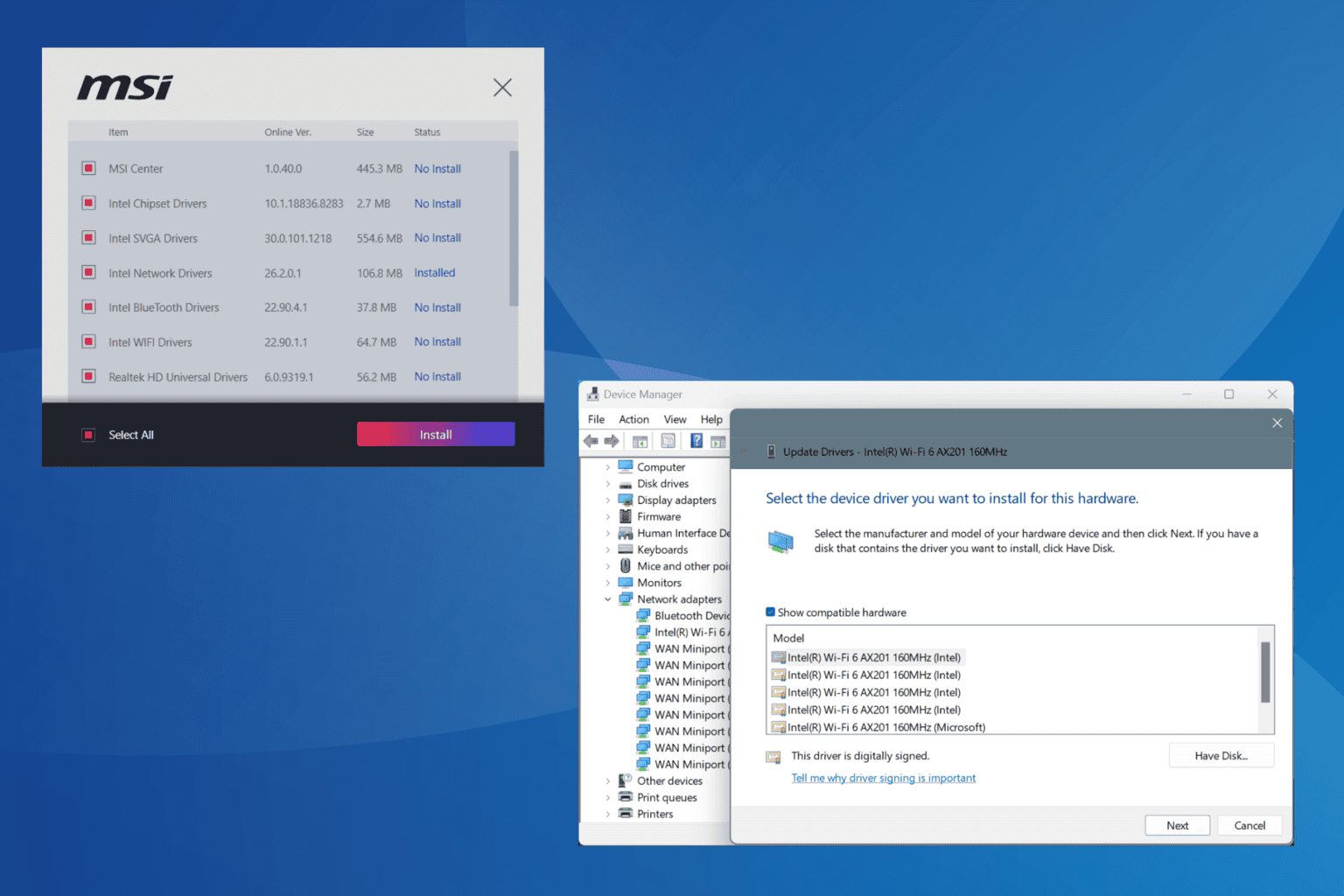
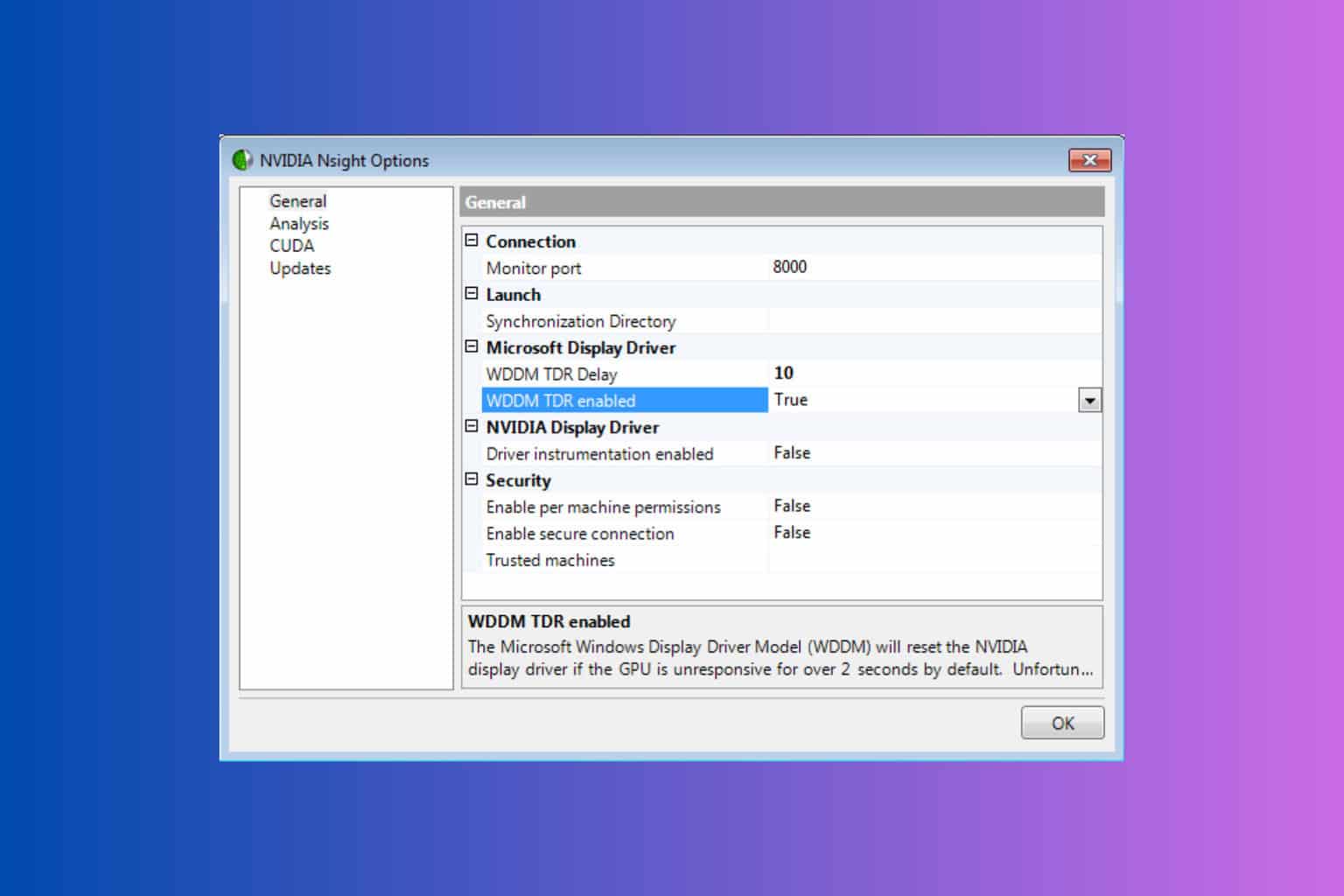
User forum
0 messages